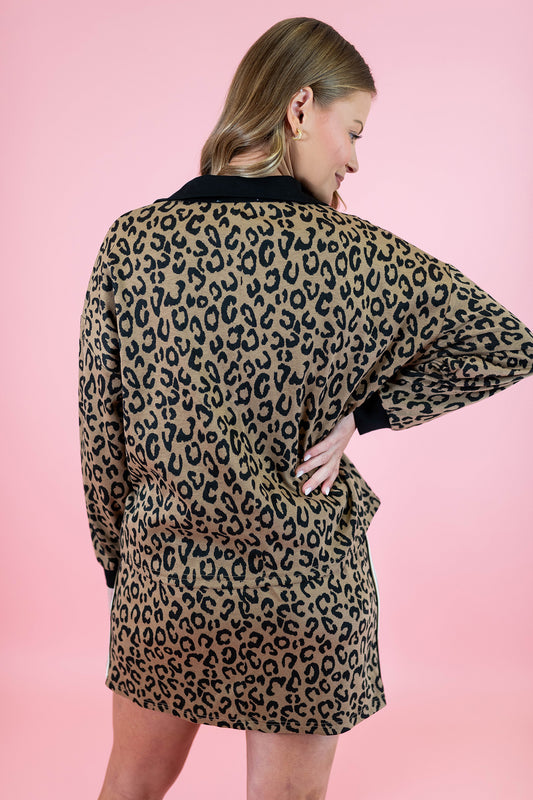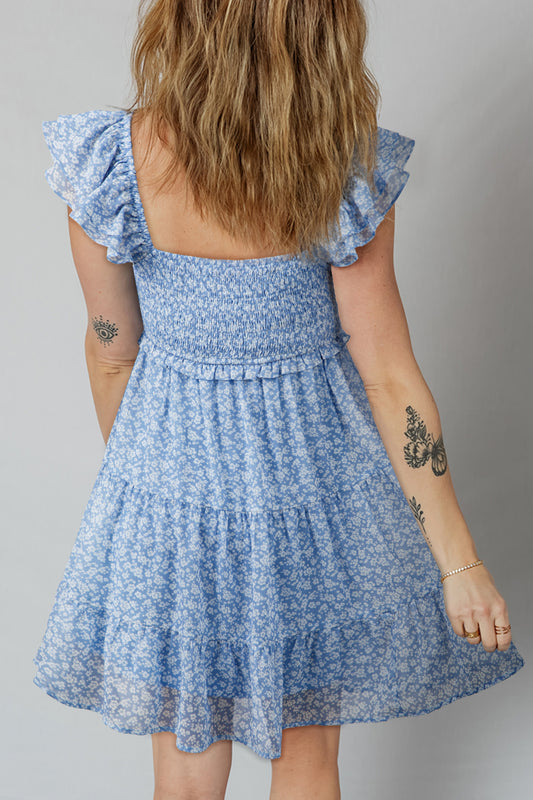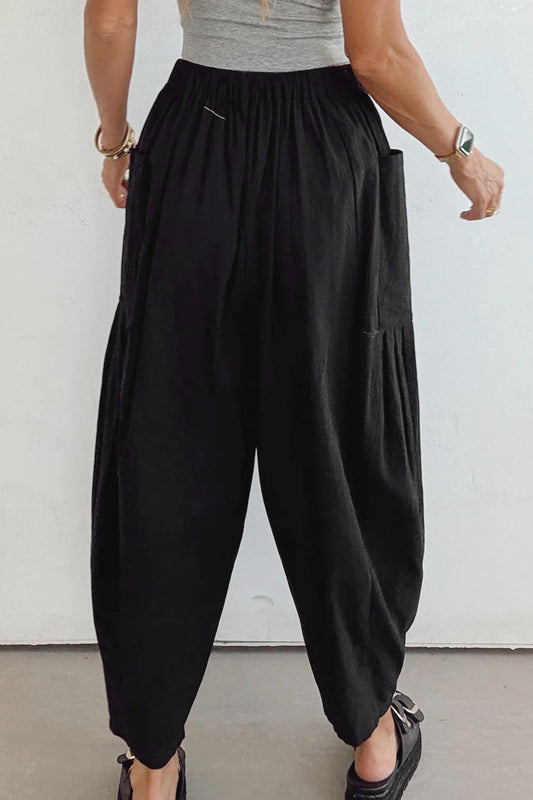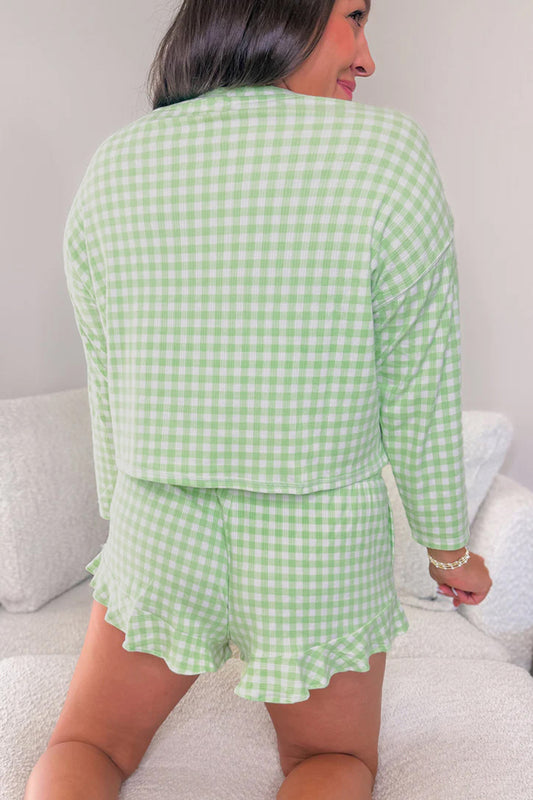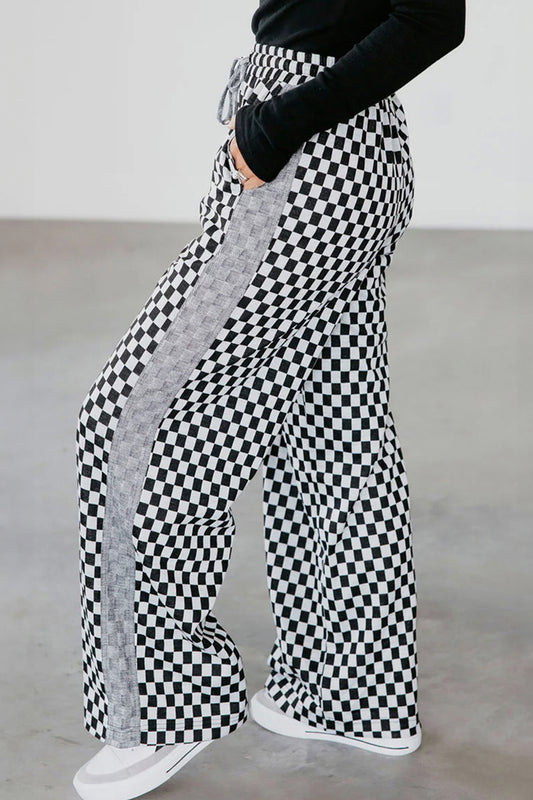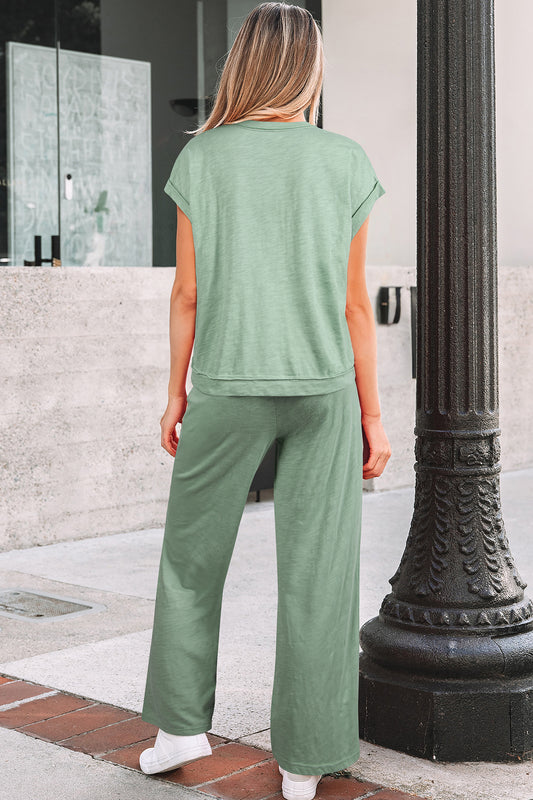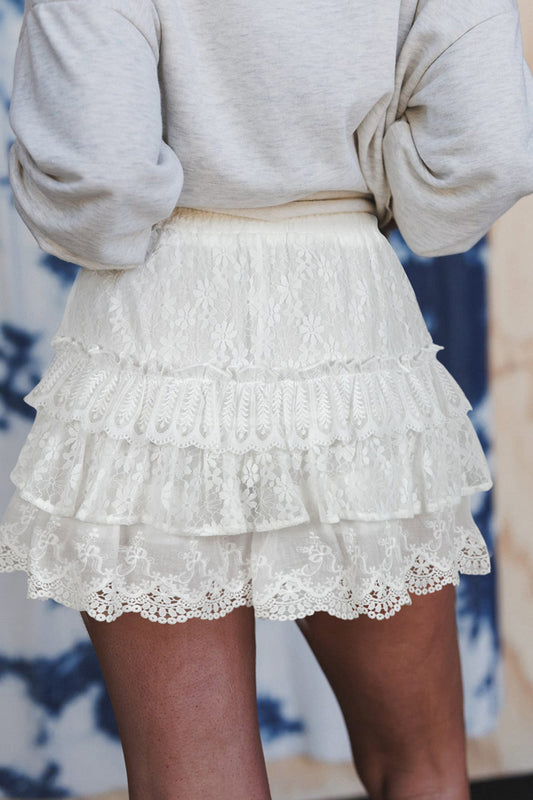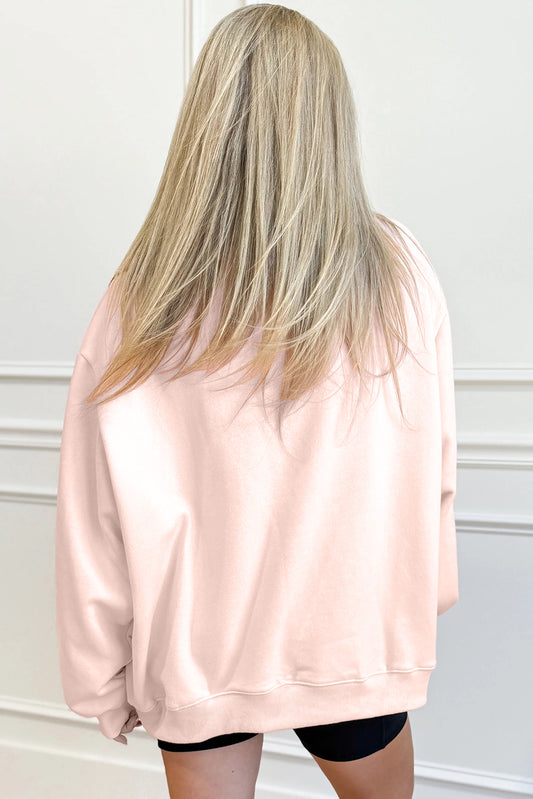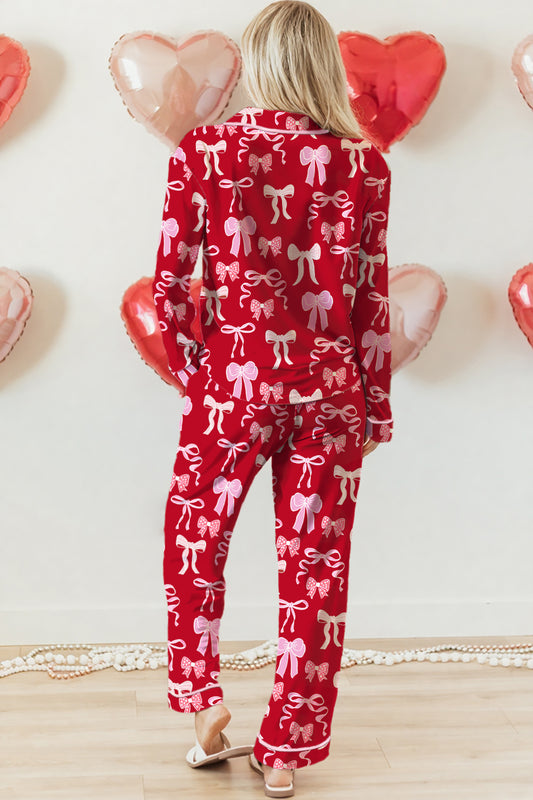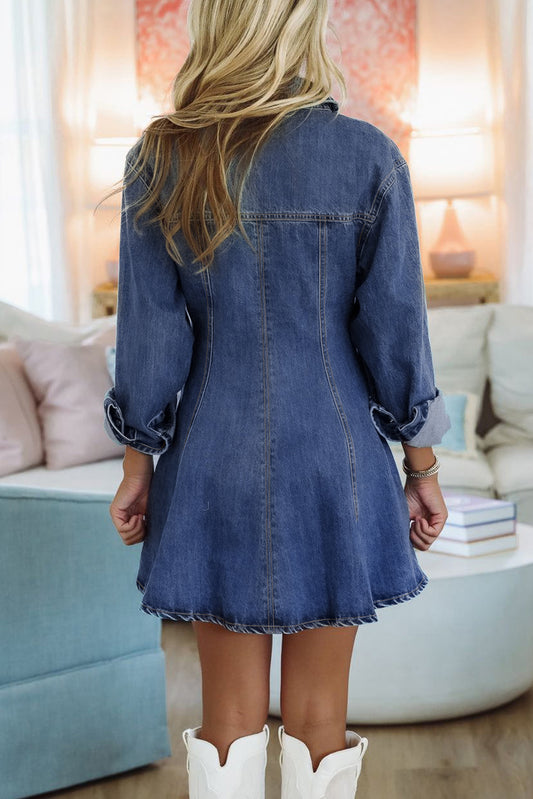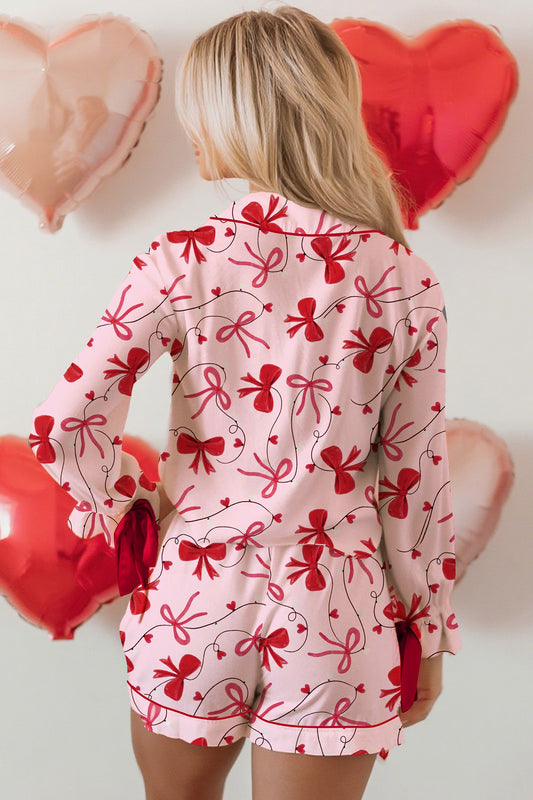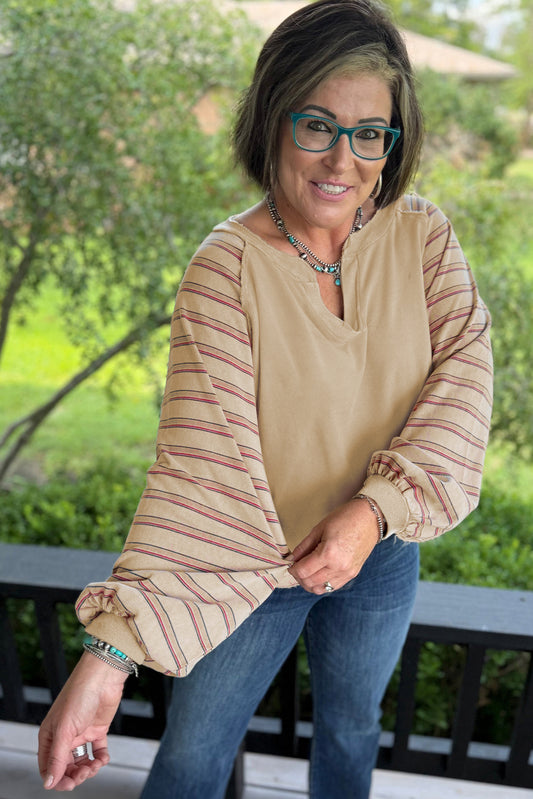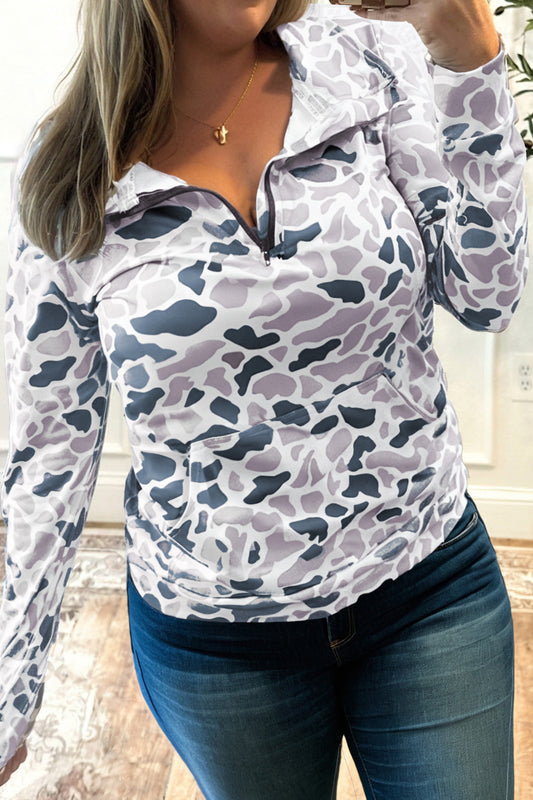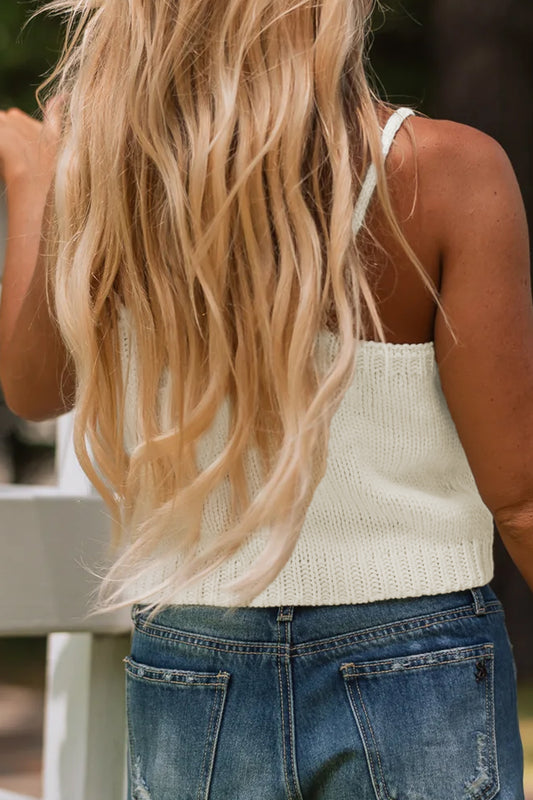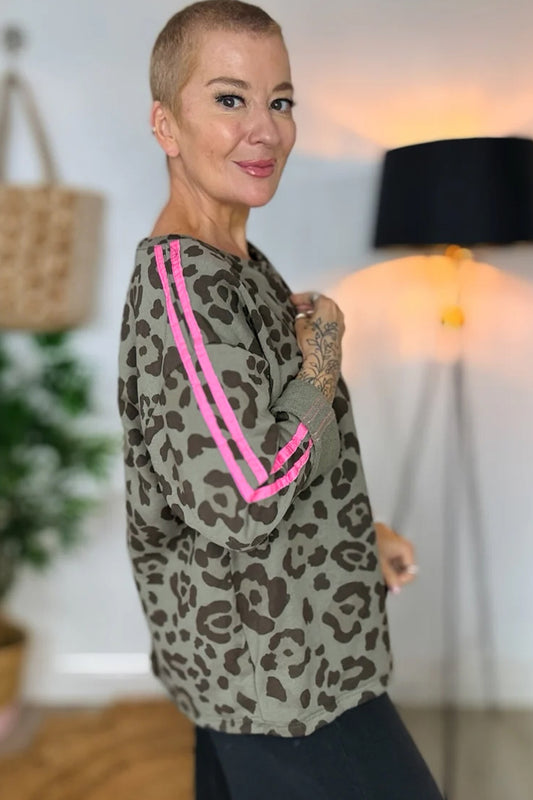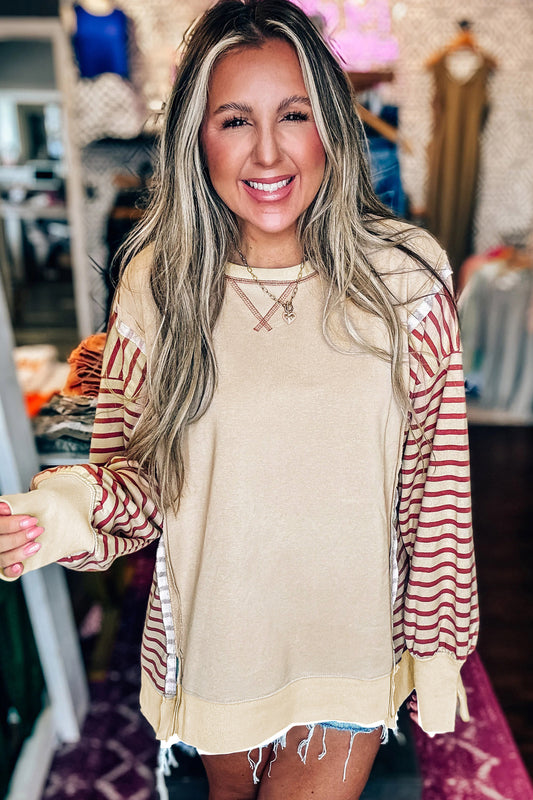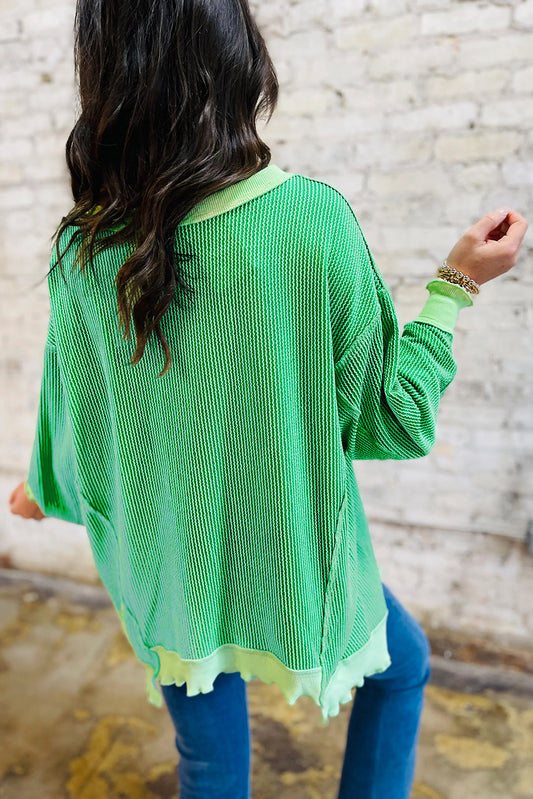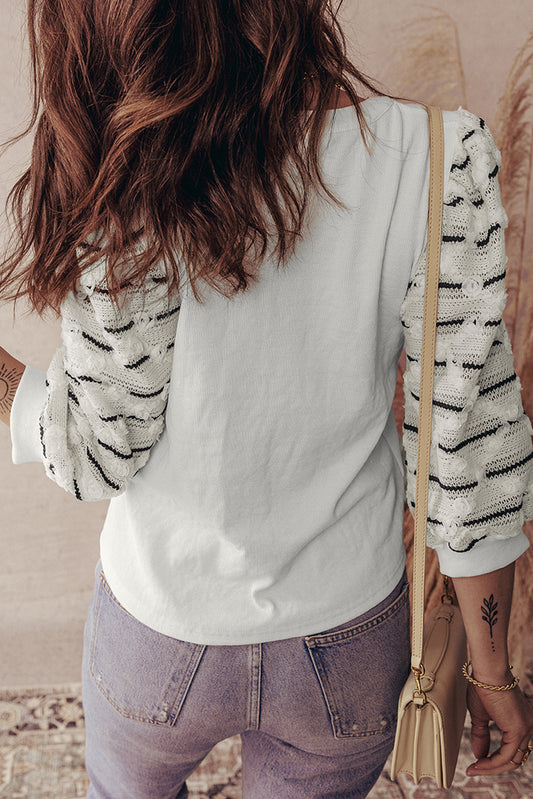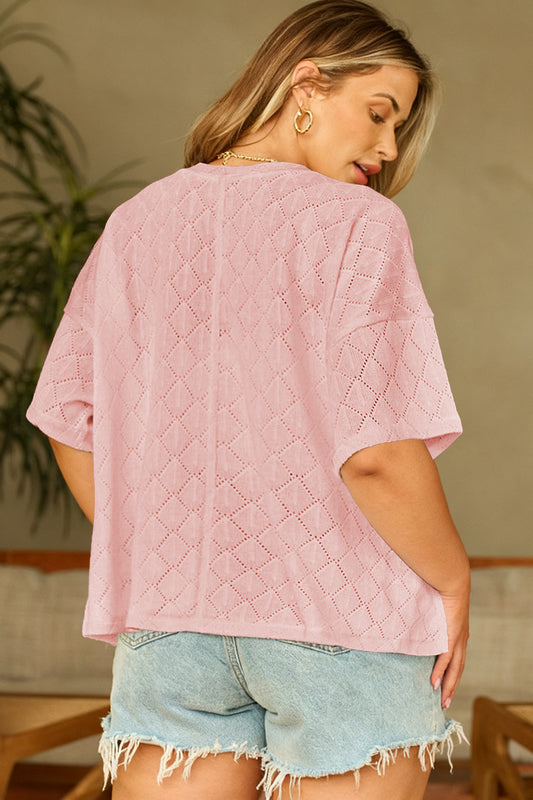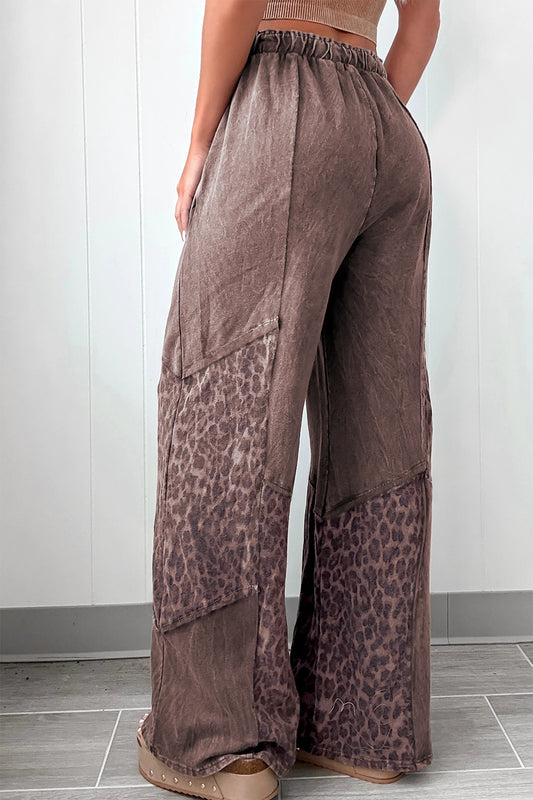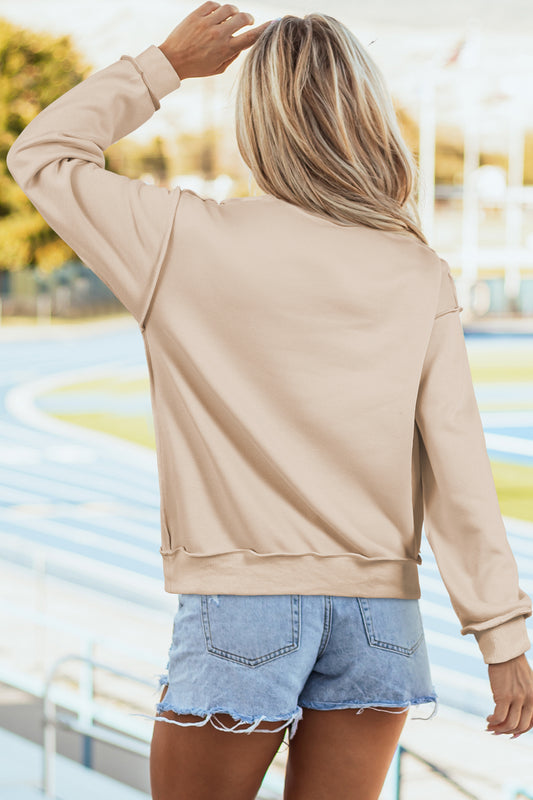
Should You Wear Loose Or Tight Pajamas?
Choosing the right type of pajamas can significantly impact your sleep quality. This article explores whether loose or tight pajamas are more beneficial, considering factors like comfort, circulation, safety, and fabric quality. Understanding these elements can help you make an informed decision for a better night's rest.
Table of Contents
- The Importance of Pajama Fit
- Health Benefits of Loose Pajamas
- Health Benefits of Tight Pajamas
- Practical Considerations
- Fabric Choices and Sustainability
- The History of Flame Retardants
- Practical Tips for Choosing Pajamas
- Modern Considerations and Safety Standards
- Balancing Comfort and Safety
- Practical Tips for Better Sleep
- Conclusion: Making the Right Choice
- FAQ
The Importance of Pajama Fit
Comfort and Relaxation
- Loose Clothing: Generally, loose pajamas are considered more comfortable. They allow for better movement and do not restrict circulation or breathing.
- Tight Pajamas: While some might think tight pajamas are less comfortable, they offer a snug fit which some find cozy and secure.
Fabric Matters
- Cotton Pajamas: Cotton is a popular choice due to its soft and lightweight nature. It's a natural fiber that is breathable, ensuring comfort throughout the night.
- Better Quality Fabrics: Consider pajamas made from bamboo or organic cotton, which are softer and free from toxic chemicals.
Health Benefits of Loose Pajamas
- Better Circulation and Breathing: Loose pajamas do not constrict blood flow or air passage, leading to a more restful sleep.
- Prevents Sweating: In hot climates, wearing loose, lightweight pajamas helps to keep the body cool and prevents excessive sweating.
Health Benefits of Tight Pajamas
- Safety from Suffocation and Fire Hazards: Especially for children, tight-fitting pajamas are recommended for safety reasons. They are less likely to catch fire and are not treated with harmful flame retardant chemicals.
- No Toxic Chemicals: Pajamas that fit snugly are exempt from needing flame retardant treatments, which means they are healthier and free from toxic chemicals.
Practical Considerations
Proper Fit Assessment
- Comfort in Movement: Ensure that pajamas do not restrict movement. Check for tightness around the neck, wrists, and ankles.
- Modern Safety Standards: Modern household safety has improved with electric ranges and LED candles, reducing the need for flame-retardant clothing.
Additional Sleep Tips
- Wearing Socks: Wearing socks can help you fall asleep faster and lengthen sleep time by regulating body temperature.
- Removing Makeup: Always remove makeup before bed to prevent eye irritation and improve sleep quality.
- Sleeping with Less Clothing: In hot climates, consider sleeping with less clothing or opting for lightweight, loose pajamas to prevent sweating and discomfort.
Explore Our Pajamas Collection for a range of options that suit your preference and ensure a good night's sleep.
Fabric Choices and Sustainability
The Role of Natural Fibers
- Softness and Lightweight: These materials are soft against the skin and lightweight, promoting comfort.
- Breathability: Natural fibers enhance airflow, preventing overheating and sweating during sleep.
- Eco-Friendly: Sustainable materials like organic cotton and bamboo are environmentally friendly choices.
The History of Flame Retardants
- Flammable Fabrics Act (1953): This act led to the widespread use of flame retardants in children's sleepwear to reduce fire hazards.
- Toxic Chemicals: Over time, the harmful effects of these chemicals have become apparent, leading to a preference for snug-fitting pajamas that do not require such treatments.
Practical Tips for Choosing Pajamas
Assessing the Fit
- Check Tightness: Ensure that pajamas do not restrict at key points like the neck, wrists, and ankles.
- Comfort in Movement: Test the pajamas for freedom of movement to ensure they are not too restrictive.
Additional Sleep Tips
- Proper Sleep Environment: Ensure your bedroom is cool and dark to create an optimal sleep environment. Use blackout curtains and keep the temperature comfortable.
- Comfortable Bedding: Invest in high-quality bedding that complements your sleepwear. Soft, breathable sheets and blankets can enhance your overall comfort.
- Consistent Sleep Schedule: Maintain a consistent sleep schedule by going to bed and waking up at the same time every day. This practice helps regulate your body's internal clock.
- Relaxing Bedtime Routine: Establish a relaxing bedtime routine to signal your body that it's time to wind down. This could include reading, taking a warm bath, or practicing meditation.
Modern Considerations and Safety Standards
Advances in Household Safety
- Reduced Fire Risks: With the advent of safer household appliances like electric ranges and LED candles, the risk of household fires has significantly decreased. This development reduces the necessity for flame-retardant clothing, especially in sleepwear.
- Modern Safety Standards: Today, there are stricter regulations and better awareness regarding the use of chemicals in textiles. This shift encourages the use of natural and non-toxic materials in pajamas.
Balancing Comfort and Safety
When it comes to pajamas, finding a balance between comfort and safety is crucial. Here are some key points to consider:
Loose Clothing
- Comfort: Loose pajamas are often preferred for their comfort and ease of movement. They are especially beneficial for those who move around a lot during sleep.
- Safety Considerations: While they offer comfort, it's essential to ensure they meet safety standards, especially for children. Opt for high-quality, flame-resistant materials if needed.
Tight Pajamas
- Safety: Tight-fitting pajamas are recommended for children due to their reduced fire hazard risk. They are designed to fit snugly, minimizing the amount of air between the fabric and skin, which can help prevent flames from spreading.
- Healthier Option: Since they do not require flame-retardant chemicals, tight pajamas are a healthier choice for sensitive skin.
Practical Tips for Better Sleep
In addition to choosing the right pajamas, there are other practical tips that can help improve your sleep quality:
Proper Sleep Environment
- Cool and Dark Room: Ensure your bedroom is cool and dark to create an optimal sleep environment. Use blackout curtains and keep the temperature comfortable.
- Comfortable Bedding: Invest in high-quality bedding that complements your sleepwear. Soft, breathable sheets and blankets can enhance your overall comfort.
Sleep Hygiene Practices
- Consistent Sleep Schedule: Maintain a consistent sleep schedule by going to bed and waking up at the same time every day. This practice helps regulate your body's internal clock.
- Relaxing Bedtime Routine: Establish a relaxing bedtime routine to signal your body that it's time to wind down. This could include reading, taking a warm bath, or practicing meditation.
Conclusion: Making the Right Choice
Choosing between loose and tight pajamas ultimately comes down to personal preference and specific needs. Both types of pajamas have their unique advantages:
- Loose Pajamas: Ideal for those who prioritize comfort and breathability. They are perfect for warm climates and for those who prefer a relaxed fit.
- Tight Pajamas: Best for safety-conscious individuals, especially for children. They offer a snug fit without the need for flame-retardant chemicals, making them a healthier option.
By understanding the benefits and drawbacks of each type, and by considering additional factors such as fabric quality and sleep environment, you can make an informed decision that enhances your sleep quality and overall well-being.
Explore our comprehensive range of Pajamas and Sleepwear to find the perfect fit for your needs.
FAQ
1. Are loose pajamas better for people with sensitive skin?
Yes. Loose pajamas made from natural fibers like cotton or bamboo are gentle on the skin and reduce irritation, making them an excellent choice for individuals with sensitive skin.
2. Can tight pajamas cause any health issues?
Potentially. Tight pajamas can restrict circulation and cause discomfort or irritation, especially if they are too tight around the neck, wrists, or ankles. It's important to choose the right fit to avoid these issues.
3. Are there specific benefits of wearing pajamas made from organic materials?
Absolutely. Pajamas made from organic materials like organic cotton are free from harmful chemicals and pesticides, making them a healthier option for both your skin and the environment.
4. Do loose pajamas help in regulating body temperature?
Yes. Loose pajamas allow for better airflow, which helps in regulating body temperature, keeping you cool in warm climates and comfortable in cooler ones.
5. Can wearing tight pajamas impact sleep quality?
It can. Tight pajamas might restrict movement and cause discomfort, potentially impacting sleep quality. However, some people find the snug fit comforting and sleep better in tight pajamas.
6. How can I ensure my child’s pajamas are safe?
Choose tight-fitting pajamas. For children, tight-fitting pajamas are safer as they reduce the risk of fire hazards and do not require flame retardant chemicals. Always ensure they fit snugly without being overly tight.
7. Are there any specific brands or types of pajamas recommended for optimal sleep?
Look for natural fibers. Brands that use natural and organic materials, such as cotton or bamboo, are highly recommended for their comfort and health benefits. Check our Pajamas Collection for great options.
8. Should I wear different types of pajamas for different seasons?
Yes. For warmer seasons, loose, lightweight pajamas made from breathable materials are ideal. In colder seasons, snug-fitting pajamas can provide additional warmth and comfort.
9. How can I find the right size for my pajamas?
Proper fit assessment. Measure yourself and refer to the size guide provided by the brand. Ensure that the pajamas are not too tight around the neck, wrists, or ankles and allow comfortable movement.
10. Do pajamas with elastic waistbands cause discomfort?
It depends. Elastic waistbands can sometimes cause discomfort if they are too tight. Opt for pajamas with adjustable waistbands or those made from stretchy, comfortable materials to avoid this issue.
Key Takeaway: Choosing between loose and tight pajamas involves considering personal comfort, health benefits, and safety. Understanding these aspects helps in making an informed decision for a better sleep experience.




